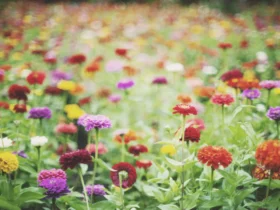Nestled in the lush tropical rainforests of northeastern Australia, a dazzling floral gem flourishes amidst the verdant foliage. Meet the Cooktown Orchid (Dendrobium phalaenopsis), a stunning native orchid species that captivates with its vibrant colors and delicate elegance. In this article, we will delve into the captivating world of the Cooktown Orchid, exploring its unique characteristics, cultural significance, and the pride it instills in the hearts of Australians.
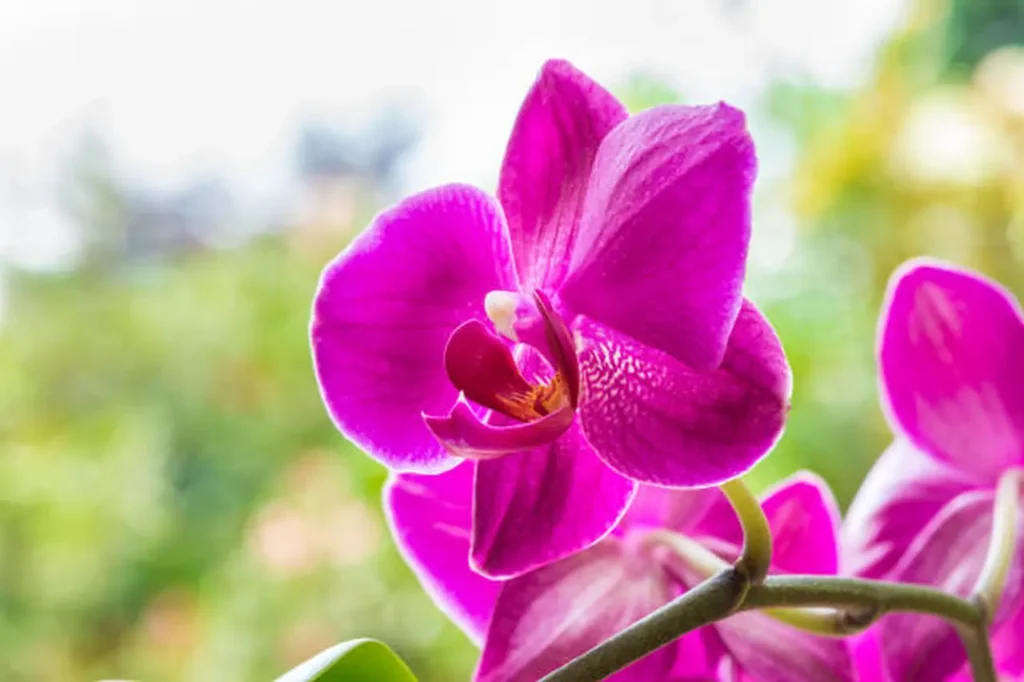
Appearance and Blossoming
The Cooktown Orchid is a strikingly beautiful orchid species, known for its intricate blooms and vibrant hues. Its flowers boast a rich purplish-pink color, sometimes fading to a lighter shade near the edges. The petals are delicately ruffled, with a prominent lip that serves as a landing pad for pollinators. The blooms appear in clusters on slender arching stems, creating a captivating display against the backdrop of glossy green leaves.
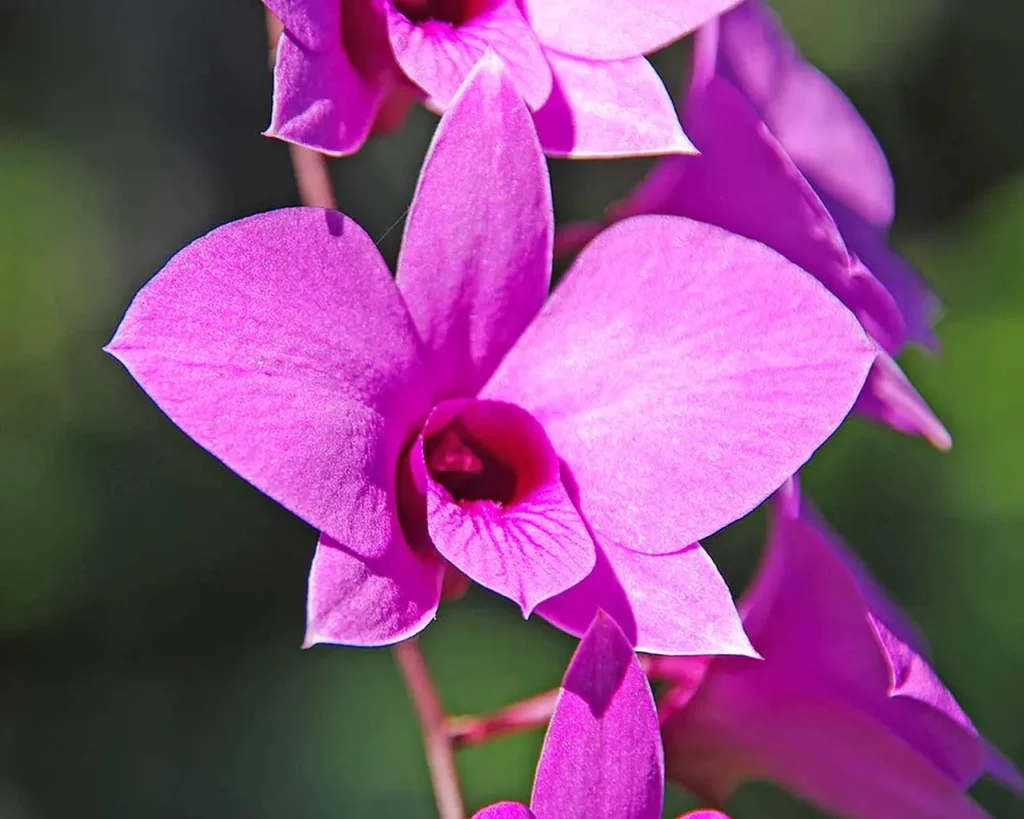
Native Habitat and Distribution
As its name suggests, the Cooktown Orchid is endemic to the region around Cooktown in tropical North Queensland, Australia. This orchid species thrives in the warm, humid conditions of the region, often found growing on trees or rocks in the rainforest understory. It has become an iconic symbol of the tropical Australian landscape.
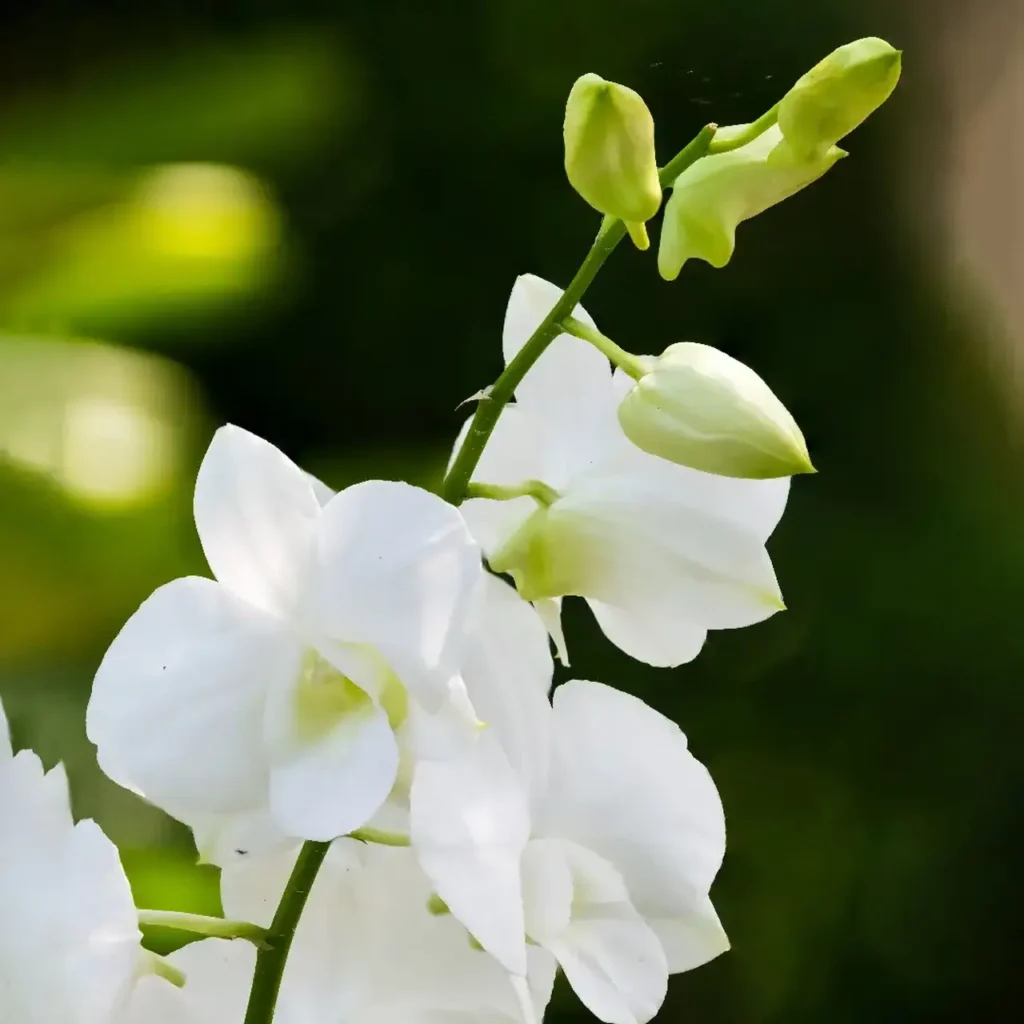
Cultural Significance
The Cooktown Orchid holds immense cultural significance in Australia, particularly in the state of Queensland. In 1959, it was officially proclaimed as Queensland’s floral emblem, representing the state’s natural beauty and unique biodiversity. The orchid’s selection as the floral emblem was a tribute to the resilience and spirit of the people of Cooktown, who played a significant role in preserving and promoting its natural heritage.
Conservation Efforts
The conservation of the Cooktown Orchid is of utmost importance to preserve its beauty for future generations. As with many native orchid species, the Cooktown Orchid faces threats from habitat loss, climate change, and illegal collection. Efforts are underway to protect its natural habitat through land conservation initiatives and the establishment of protected areas. Additionally, strict regulations are in place to prevent the illegal trade of this iconic orchid species.
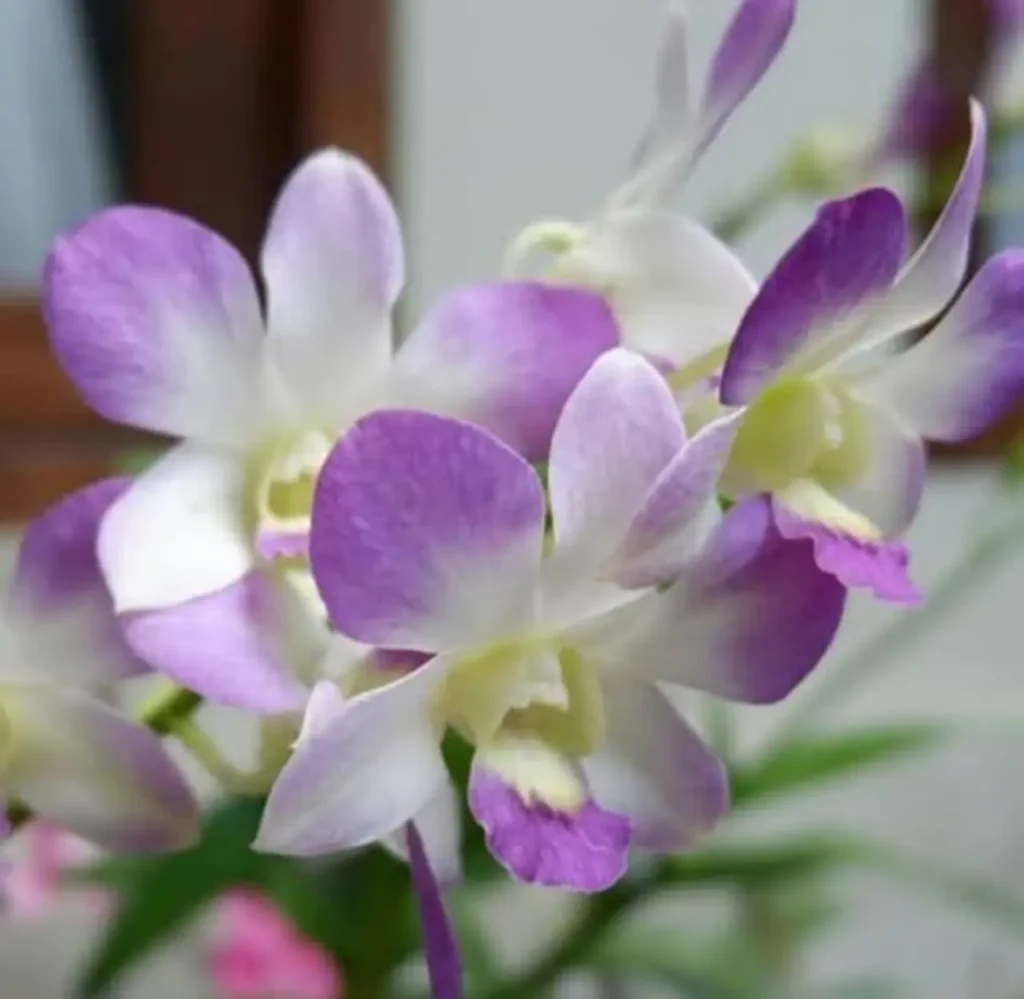
The color of the Cooktown Orchid
The primary color of the Cooktown Orchid is a rich and vibrant shade of purple. The petals and sepals of the flowers are typically a deep purple color, often with a velvety texture. The lip or labellum, which is the lowermost petal of the flower, can vary in color from deep purple to magenta or pinkish-purple. The contrast between the purple petals and the lip creates an eye-catching display.
In addition to the predominant purple color, there are also variations of the Cooktown Orchid that exhibit different color patterns. Some varieties may have white or pale pink petals, while others may display a combination of purple and white or purple and pink. These color variations add to the allure and diversity of the Cooktown Orchid.
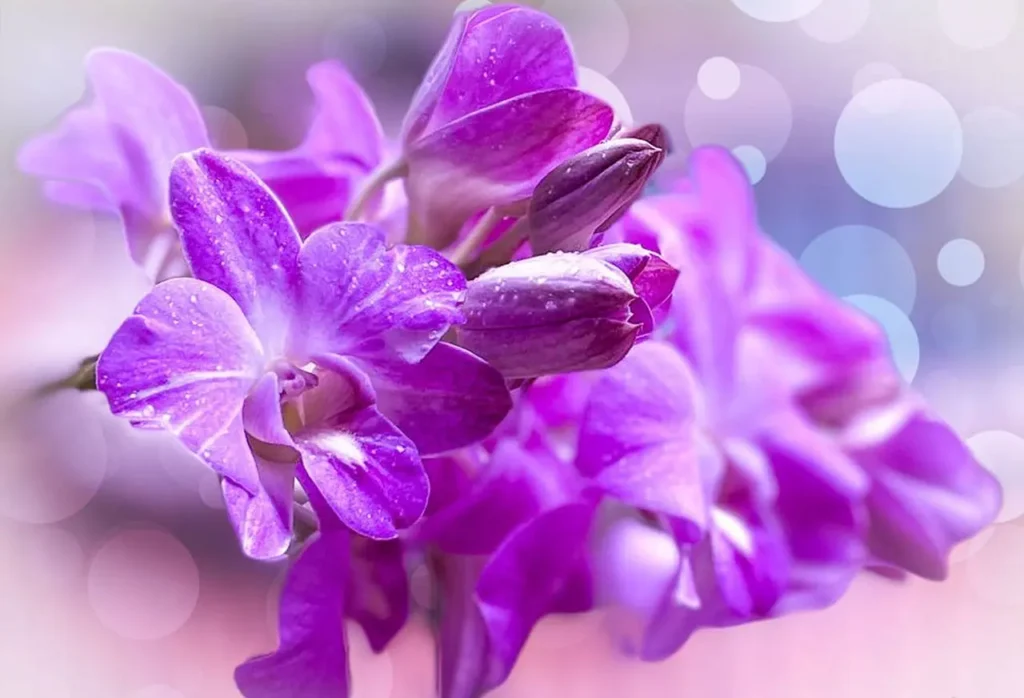
Cultivation and Appreciation
Cultivating the Cooktown Orchid can be a rewarding endeavor for orchid enthusiasts. While it requires specific growing conditions, including filtered light, warm temperatures, and high humidity, dedicated growers can successfully cultivate and propagate this magnificent orchid. It is often grown in specialized orchid houses or in tropical gardens where its beauty can be admired.
For those who appreciate the Cooktown Orchid’s allure but do not wish to cultivate it, there are several ways to enjoy its beauty. Botanical gardens and orchid shows often feature displays of this iconic orchid species, providing an opportunity for the public to marvel at its exquisite blooms.
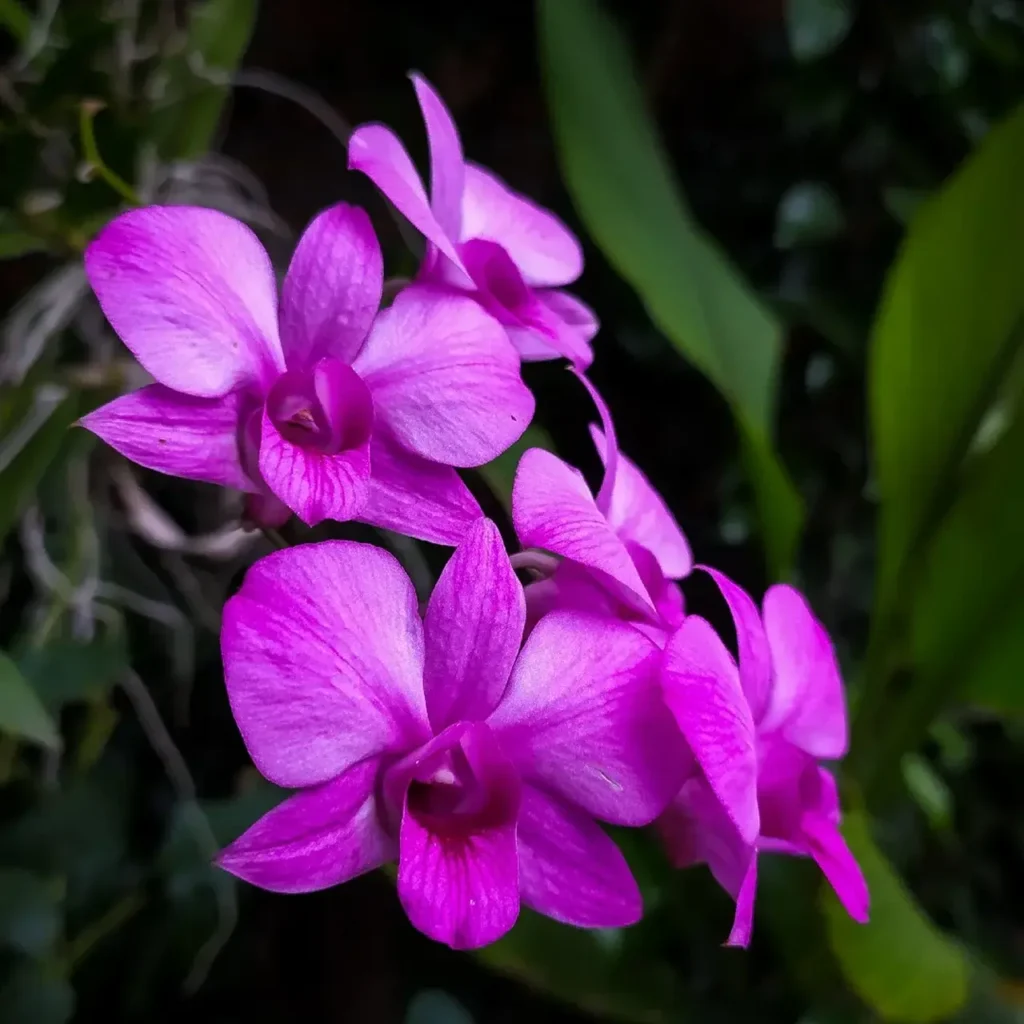
The Cooktown Orchid, with its radiant blooms and cultural significance, holds a special place in the hearts of Australians. It symbolizes the natural beauty and resilience of the tropical region where it thrives. As we continue to appreciate and conserve this enchanting orchid species, we ensure that future generations can also marvel at its delicate elegance and connect with the rich botanical heritage of Australia’s tropical landscapes.
